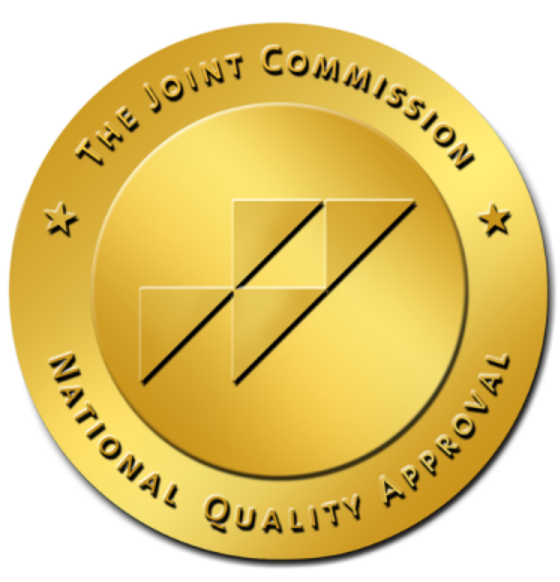Methadone Addiction
What is Methadone?
Methadone is a synthetic opioid commonly used to treat addiction disorders to more dangerous opioids such as heroin or fentanyl. Methadone was created during World War II by a group of German doctors. When it was originally released it served as a treatment for severe and chronic pain. In modern times it is more commonly seen to treat opioid use disorders. The drug is considered a vital part of combating the addictions caused by the nation’s current opioid epidemic.
Methadone is chemically quite similar to morphine and works in much the same way. The drug changes how the human brain interprets pain, causing a sensation of relief. Using methadone also blocks the highs of other opioids, such as heroin or codeine.
When prescribed in the treatment of an opioid addiction disorder, methadone usually only represents one piece of the plan. The use of methadone is not a cure for other addictions but rather a way to lessen the symptoms of withdrawal often felt during recovery. Even in recovery programs that the drug’s use as a treatment, it is important to also use therapy to work past your addiction disorder.
How is Methadone Used
While it is possible to get a prescription for methadone when dealing with chronic pain, it is not as accessible when part of an addiction treatment plan. Only certified opioid treatment centers are legally allowed to dispense methadone as opioid treatment.
While it is possible to be able to methadone home for treatment after medical professionals feel it is safe, most people who take methadone as part of an addiction treatment plan must take their dosage at a certified clinic under doctor supervision. This is done to prevent users from taking more than necessary or smuggling it out to sell on the street.
If being used as part of a medication-assisted treatment plan, it is recommended that a person should use methadone for at least 12 months. After the first year, it is up to the person in recovery and medical professionals if the best course is to extend that treatment plan or if they should begin tapering off the use of methadone. It is important to not suddenly quit using methadone, even if using it properly, to avoid withdrawal symptoms.
Dangers of Methadone Abuse
Short term methadone use can cause problems such as nausea, sweating, itchy skin, and shallow breathing. If experiencing difficulty breathing or feeling faint it is important to contact a medical professional. A bad reaction to methadone can also cause chest pain and an elevated heart rate that could be dangerous to people with cardiac issues. People with heart disease or lung disease should never use methadone as a treatment option.
Methadone can have bad reactions to other drugs as well. If using methadone it is best to avoid all other drugs unless specified by a medical professional. It is vital to not drink alcohol or take any other narcotics while using methadone. Even drugs that are valid forms of medical treatment, such as some antidepressants and sleeping medication, can be dangerous when combined with methadone.
When abused on the street, methadone is often injected into the user’s veins. As with any IV drug, the use of shared dirty needles greatly increases the risk of contracting bloodborne diseases, such as HIV or hepatitis.
Methadone is an addictive drug and those who use it for opioid addiction treatment are at especially high risk due to their history of opioid addiction. The United States government considers methadone to be a Schedule II drug. This means while it holds a valid medical use it should also be considered at high risk to be abused.
Symptoms of a methadone overdose include slowed breathing, slowed heart rate, and drowsiness or fainting. Someone experiencing an overdose of methadone can also experience clammy skin and weak muscles that make any movement difficult. It is important for anyone experiencing any one of those symptoms after taking methadone to immediately seek help from a medical professional.
An overdose of methadone can be potentially deadly. The number of deaths resulting from methadone poisoning increased from 790 to 5,420 between the years 1999 and 2006. Methadone is considered to be the cause of one-third of all overdose deaths from opioid pain-relievers.
Methadone Addiction Treatment
As with any addiction disorder, is it important to seek the help and support of medical professionals before attempting to quit. Methadone addiction can be serious and fatal and anyone abusing the drug should begin the process towards recovery.
It is important to not trade one addiction in for a more serious one, as many former heroin addicts use the drug to stay clean. Methadone withdrawal can be painful and it should not be attempted to be done alone. Detox facilities exist to help those in recovery through the withdrawal process.
After detox, it is important to not only seek help for the addiction but also for the underlying causes of the addiction. Mental illness is often at the root of addiction disorders and by dealing with the mental issues while also working towards recovery we can better avoid triggering events that often push us towards addiction.
A variety of therapy options, such as group therapy or individual options exist depending on what works best for you. At Create Recovery Los Angeles we are here to help you through your recovery journey. Please call us at 424.338.9072 to learn more.





